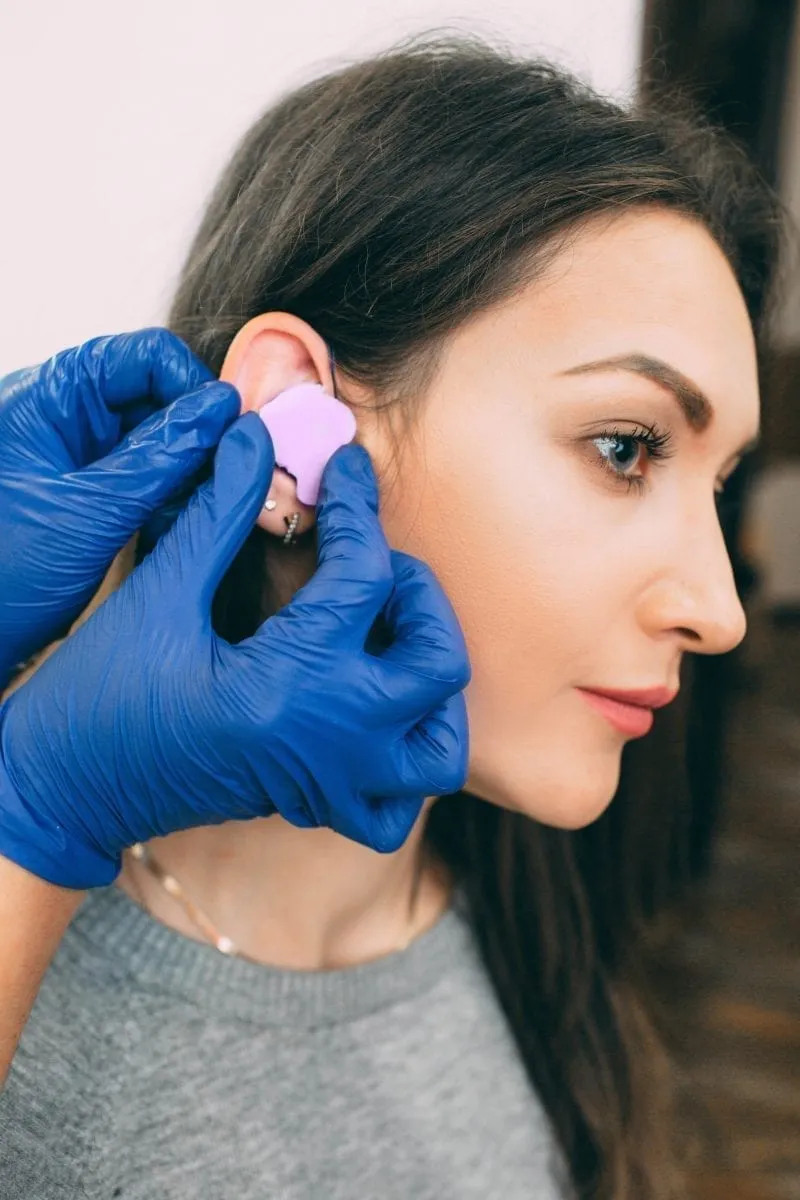Swimming is a favorite warm-weather activity, but it introduces added moisture to the ear canal. Water that becomes trapped inside the ear creates an environment where bacteria and fungi may thrive. This setting increases the likelihood of developing an outer ear infection, commonly referred to as swimmer’s ear. While middle ear infections usually result from colds or allergies, swimming contributes to external infections that develop in the skin lining the ear canal. Without attention to drying techniques or ear protection, swimmers may face repeat irritation and discomfort.
Understanding the Symptoms of an Ear Infection
When an ear infection develops, symptoms often begin mildly before increasing in intensity. A person may first notice itching or fullness in one ear. As the infection progresses, pain, swelling, and discharge can occur. In some cases, hearing becomes muffled or partially blocked due to inflammation or fluid buildup. Prompt evaluation helps reduce discomfort and limits the risk of spread or deeper infection. While over-the-counter drops may relieve mild symptoms, worsening cases typically require medical treatment.
The most direct way to protect ear health after swimming is by removing trapped water promptly and safely. Tipping the head to each side and gently pulling the earlobe allows gravity to help drain moisture. Using a dry towel to blot the outer ear can also reduce surface dampness. In some cases, a hair dryer set to low and held at a safe distance may help evaporate lingering moisture. Inserting cotton swabs into the ear canal is not recommended, as this may push water deeper or cause skin irritation.
Choosing Protective Gear
Using swimmer’s ear plugs creates a barrier between water and the ear canal. These products come in reusable or disposable forms and are designed to fit snugly without damaging the inner ear. When worn correctly, ear plugs reduce the likelihood of water entering the canal during swimming, diving, or other water sports. A snug-fitting swim cap worn over the ears adds another layer of defense, especially for individuals prone to recurrent infections. These tools work best when they are clean, intact, and properly inserted.
Evaluating Pool Water Conditions
The cleanliness and chemical balance of swimming water can affect ear health. Pools that are not properly maintained may carry higher levels of bacteria or fungi. Regular testing and treatment with chlorine or other disinfectants helps keep the water safe for use. Lakes, rivers, and other natural bodies of water may present additional risks, especially during warm months or after heavy rainfall. Choosing well-maintained facilities and avoiding swimming in questionable conditions helps reduce the chance of ear irritation and infection.
Some people are more likely to develop ear infections after swimming than others. Children, individuals with narrow ear canals, or those with a history of skin conditions may face more frequent issues. Recurrent infections may lead to scarring or changes in the ear canal, which can increase sensitivity to moisture. For these individuals, limiting swim duration or using preventive drops may be recommended. Paying attention to early signs—such as irritation, fluid, or a change in hearing—can help stop infections before they worsen.
Considering Preventive Treatments
Some swimmers use alcohol-based ear drops after swimming to help dry out residual water. These solutions are designed to evaporate moisture and lower the risk of bacterial growth. However, not every swimmer should use them. Individuals with ear tubes, a ruptured eardrum, or recent ear surgery should speak with a provider before using any drying agents. For others, occasional use of over-the-counter drops may provide added protection, especially during periods of frequent swimming.
Create an Ear Infection Plan
A combination of strategies works best to reduce the chance of developing an ear infection. These include using appropriate gear, practicing drying techniques, and paying attention to early symptoms. Swimmers with a history of infections benefit from routine ear checks and discussions with their provider about ongoing prevention. Taking steps to protect ear health not only avoids discomfort, but also allows individuals to continue enjoying the water with fewer interruptions or setbacks.



